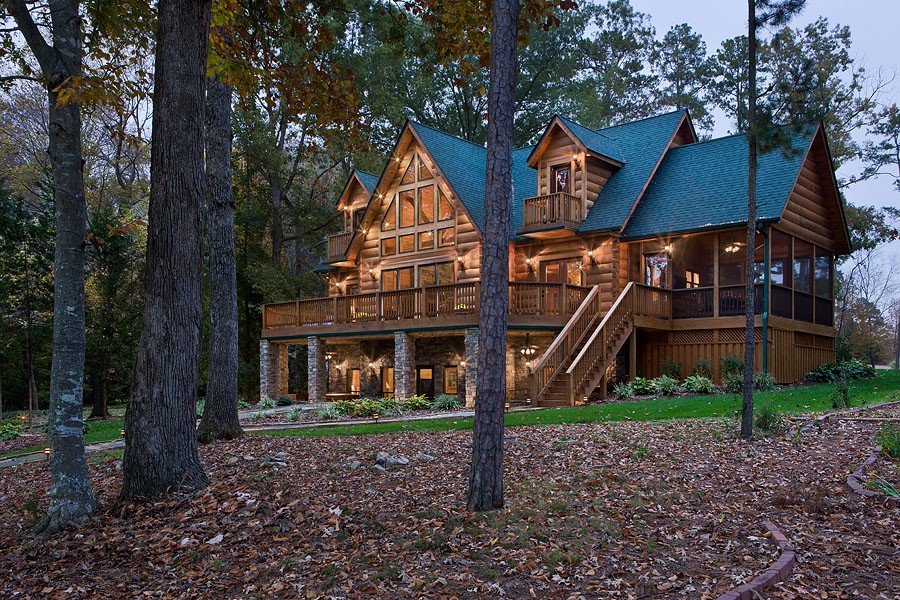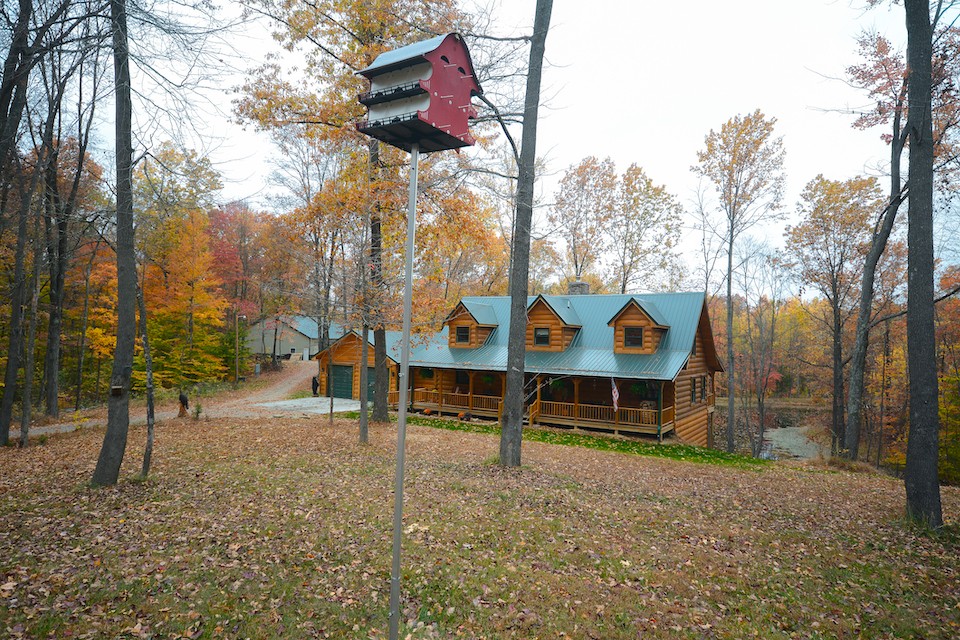“I think that I shall never see a poem lovely as a tree.” Most of us learned this poem as children, and as we’ve grown older, the truth of it has become more apparent. That’s why it’s important to think carefully before you begin clearing land and felling trees on and around your construction site. It takes decades, maybe centuries, for some trees to mature, but it takes only minutes for them to be destroyed.
If you are fortunate enough to have wooded property, take time to assess the types and health of the trees growing there. Which trees will provide shade from broiling summer heat or block a frosty winter wind? Which turn brilliant colors in fall, painting your surrounding landscape? Are there trees that provide habitats for songbirds or produce nuts or edible fruits or flowers? Do hardwoods grow that can be cut for craft or construction projects or even sold for revenue?
Marking trees for saving, cutting or dozing as part of a master plan that is well designed and initiated long before construction begins can make a huge difference in the beauty, value and livability of your home. The house pictured above is located in northern Indiana. The homeowner’s dream was to have a home on a lake in the woods. He very carefully selected his homesite and determined which trees he wanted to keep.
In most states, the division of forestry provides free information and even onsite assistance for determining which trees can be beneficial and which should be cut. Diseased trees as well as those not indigenous to the region should be removed. Even then, those could be cut and saved for firewood to burn in that magnificent stone fireplace in the new home.

Trees are an integral part of the Wilson’s 20-acre Tennessee homesite, which includes ponds, trails and several outdoor living areas. For more about this property, visit Wilson Home.
.

In Virginia, the Joyce family’s strategic selection of trees created a new home in the woods that appeared to have existed for decades. For floor plans and more photos, visit Joyce Home.
Free trees and information is available from
USDA Lists Benefits of Trees
Trees work for us. Properly cared for, they are valuable assets worth three times your initial investment. Healthy trees mean:
- Healthy people: 100 trees remove 53 tons of carbon dioxide and 430 pounds of other air pollutants per year.
- Healthy communities: Tree-filled neighborhoods lower levels of domestic violence and are safer and more sociable.
- Healthy environment: One hundred mature trees catch about 139,000 gallons of rainwater per year.
- Homeowner savings: Strategically placed trees save up to 56 percent on annual air-conditioning costs. Evergreens that block winter winds can save 3 percent on heating.
- Better business: Consumers shop more frequently and longer in tree-lined commercial areas and are willing to spend more.
- Higher property values: Each large front yard tree adds to a home’s sale price.




